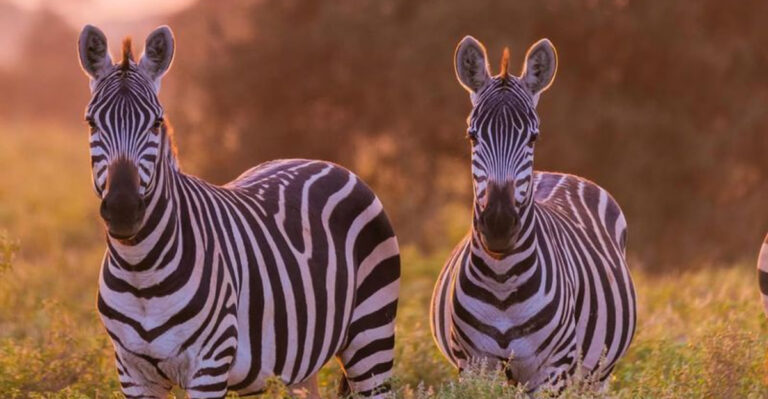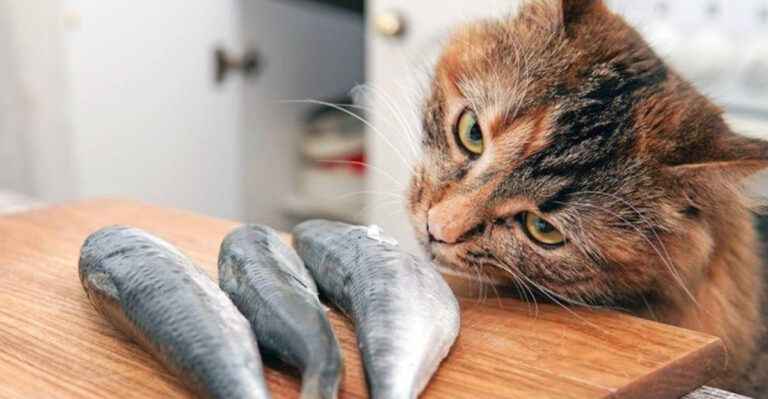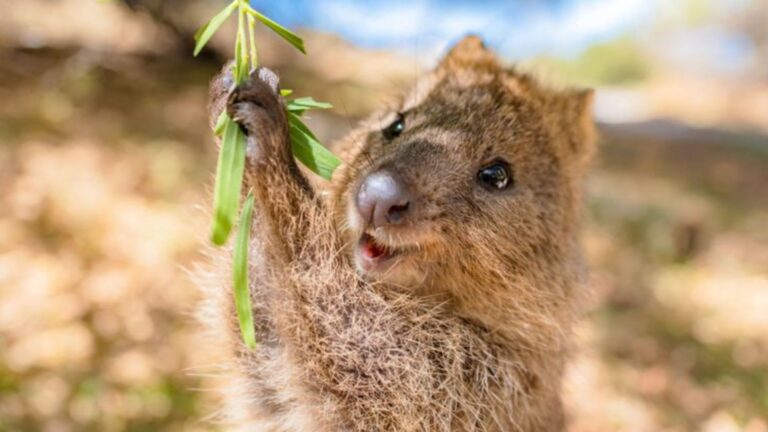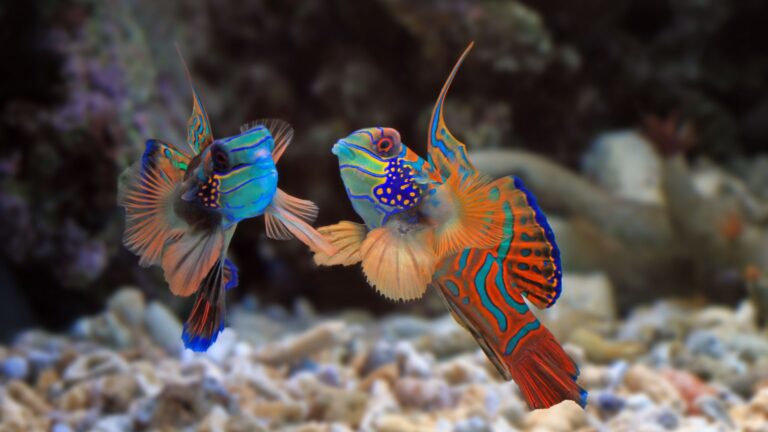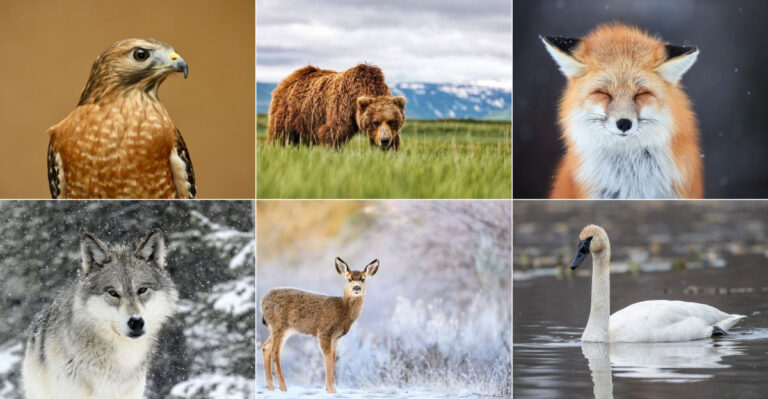The African Wildcat: The Wild Feline That Began The Domestication Journey
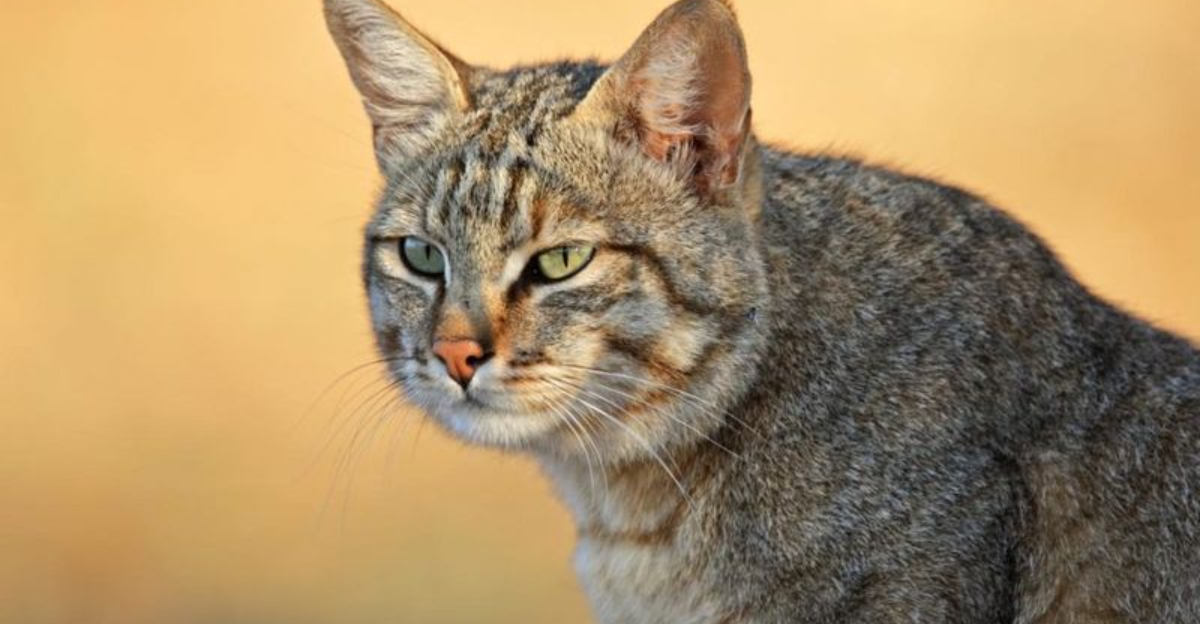
The African wildcat holds a special place in human history as the ancestor of our beloved house cats. Around 10,000 years ago, these small, sandy-colored felines began hanging around early farming settlements to hunt mice and rats.
Over time, they grew comfortable with humans, slowly transforming into the purring pets we know today. Let’s explore 12 fascinating aspects of this wild ancestor that started the incredible journey of cat domestication.
Desert Survivor
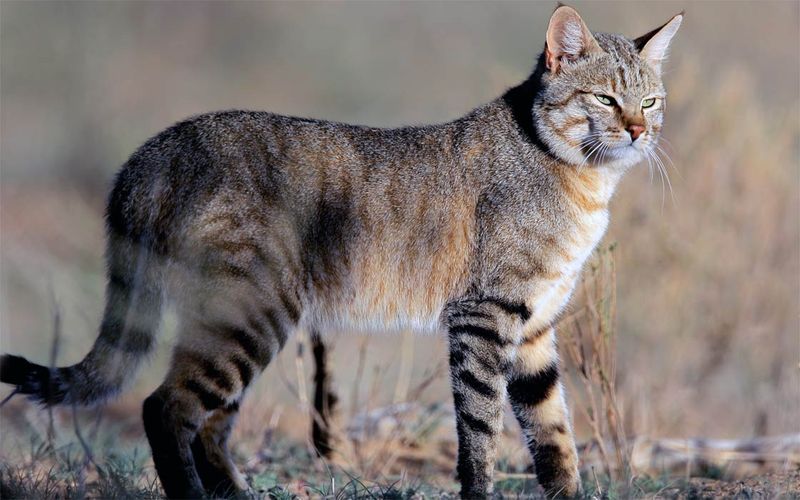
African wildcats thrive in some of Earth’s harshest environments. These tough little hunters have adapted perfectly to life in deserts, savannas, and scrublands across Africa and parts of the Middle East.
Their sandy-colored fur provides excellent camouflage among the rocks and dry grasses. Special paw pads help them walk on hot sand without getting burned.
They can survive with minimal water, getting most of their moisture from the prey they catch. This remarkable ability to live in tough conditions helped them become one of Africa’s most widespread small predators.
Ancient Egyptian Connection
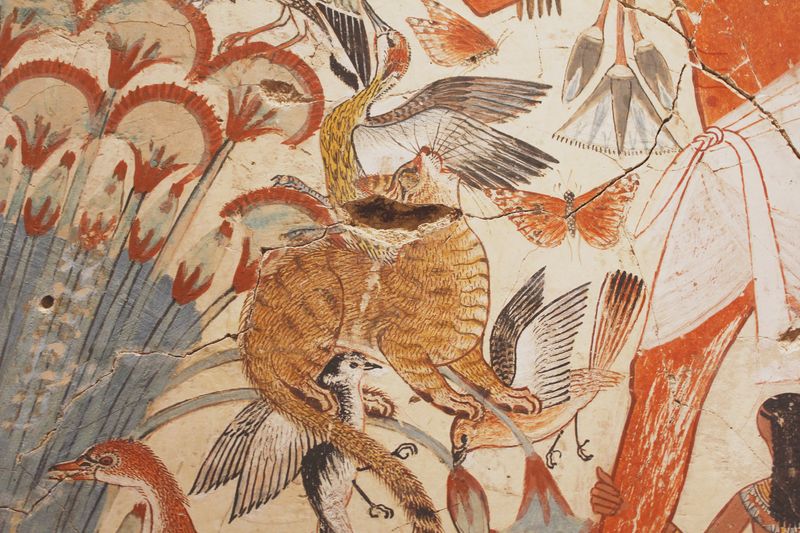
Long before Bastet became the famous cat goddess, African wildcats were already making themselves useful in Egyptian granaries. Farmers quickly noticed how these natural hunters kept rodent populations under control.
Wall paintings from 3,600 years ago show wildcats beneath chairs at dinner tables, suggesting they were already being welcomed indoors. Some ancient Egyptian tombs even contain mummified cats buried alongside their owners.
This special relationship in Egypt represents one of the earliest documented bonds between humans and cats, marking a crucial step in the domestication story.
Nearly Identical To House Cats
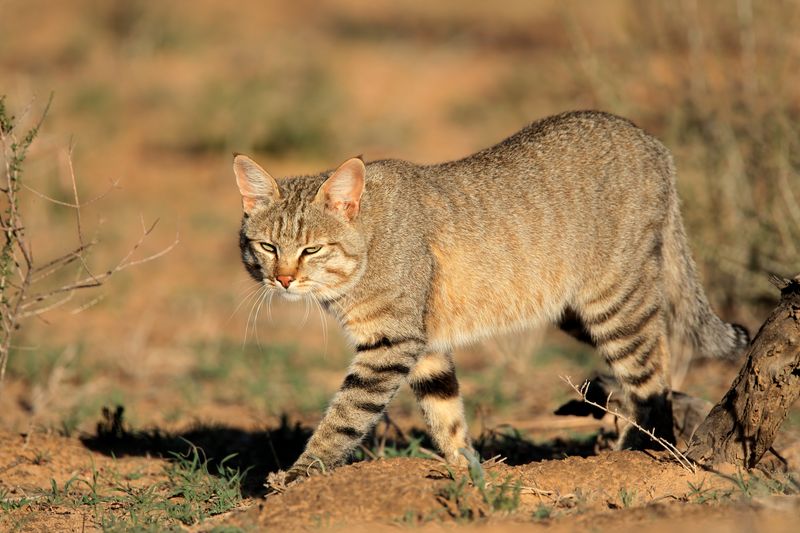
At first glance, you might mistake an African wildcat for someone’s pet that wandered too far from home. They typically weigh 6-13 pounds – almost exactly the same as domestic cats.
The main differences are subtle: slightly longer legs, a more uniform coat pattern, and distinctive reddish backs of the ears. Their heads appear a bit smaller compared to their bodies than house cats.
This remarkable similarity isn’t coincidental – genetic testing confirms African wildcats are the direct ancestors of our house cats. Their DNA shows they began diverging from domestic cats only about 10,000 years ago.
Solitary Night Hunters
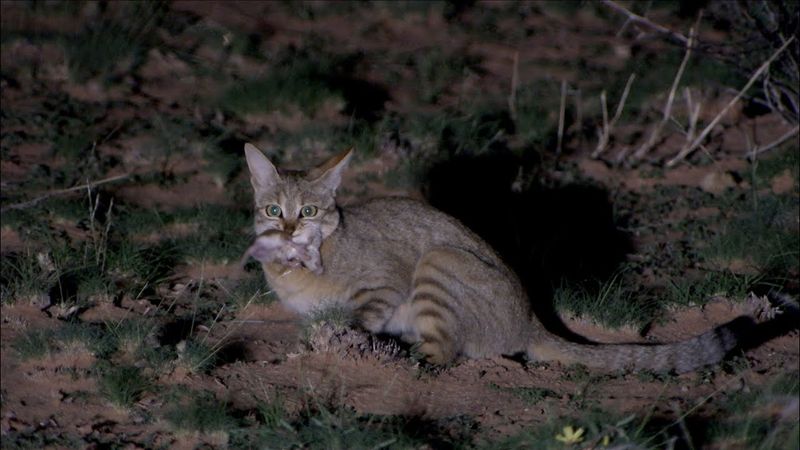
Unlike lions with their pride life, African wildcats prefer solitude. These independent hunters maintain territories ranging from 1-4 square kilometers, marking boundaries with scent signals that warn others to stay away.
Hunting happens primarily at night when their excellent night vision gives them an edge. They stalk prey with incredible patience, freezing in place for minutes before making lightning-fast pounces.
A wildcat’s menu includes rodents, birds, reptiles, and insects – basically anything small enough to catch. This solitary hunting lifestyle influenced the independent nature we still see in our house cats today.
Vocal Repertoire
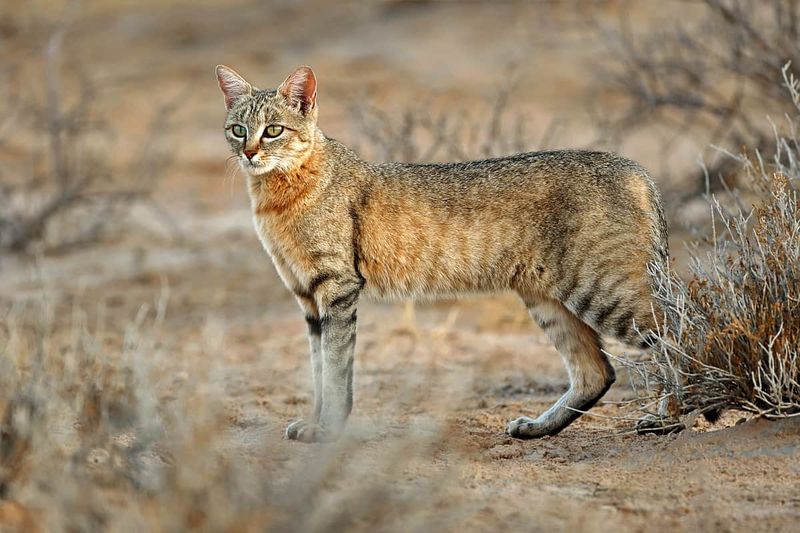
The sounds African wildcats make would be instantly familiar to any cat owner. They purr when content, hiss when threatened, and make a distinctive meow when communicating.
During mating season, their vocal range expands dramatically. Males produce loud, harsh calls that carry across the landscape, while females make unique yowling sounds to signal readiness to mate.
Unlike lions or tigers, African wildcats rarely roar. Their smaller throat anatomy physically prevents them from producing those deeper sounds – a limitation passed down to our house cats. This shared vocal range creates an immediate connection between wildcats and their domestic descendants.
Self-Domestication Theory
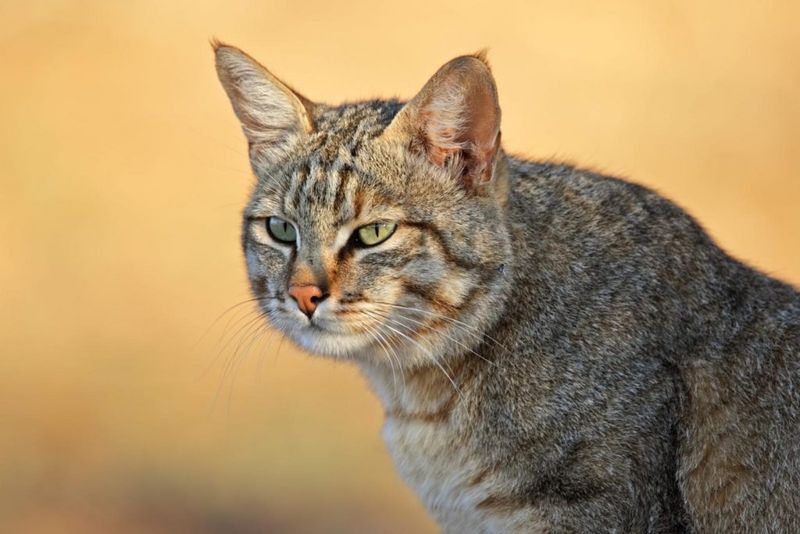
Scientists believe African wildcats largely domesticated themselves! As early humans created farming settlements, grain stores attracted rodents – which in turn attracted wildcats.
The boldest cats, those less fearful of humans, gained an advantage by accessing this abundant food source. Humans probably appreciated the free pest control and began leaving food scraps for their feline helpers.
Over generations, the cats with the friendliest dispositions stayed closer to people, breeding together and gradually becoming more tolerant of human contact. This natural selection process, rather than deliberate human breeding efforts, created the foundation for domestic cats.
Threatened Status Today
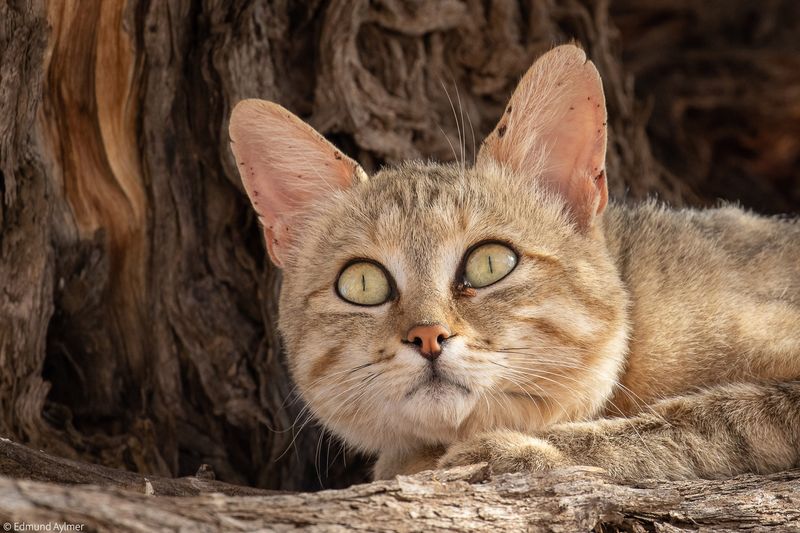
Pure African wildcats face a serious threat – their own domesticated descendants. When house cats gone feral breed with wildcats, they create hybrid offspring that dilute the wildcat’s natural genetic makeup.
This hybridization threatens the very existence of pure African wildcats. In some regions, finding genetically pure specimens has become increasingly difficult as the hybrid population grows.
Habitat loss compounds the problem as human settlements expand into wildcat territory. Conservation efforts now focus on protecting pure wildcat populations and their natural habitats. Without these measures, we might lose the original wild species that gave us our beloved house cats.
Kitten Development
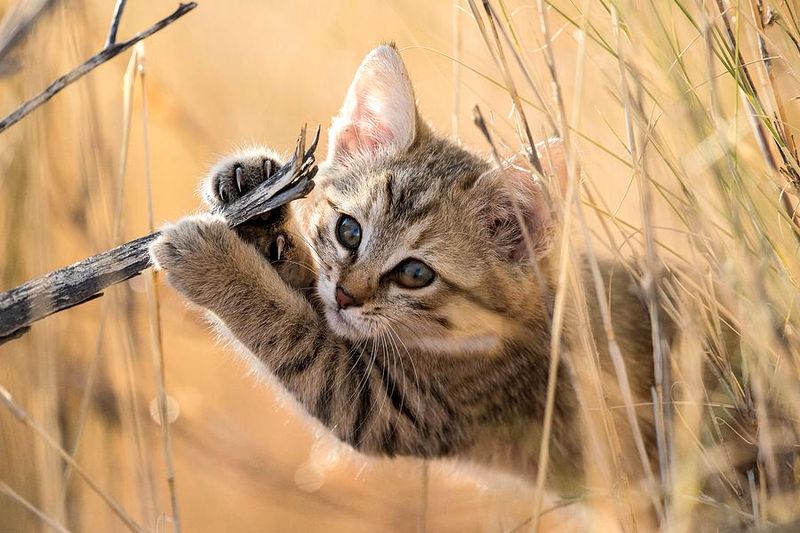
African wildcat mothers raise litters of 2-5 kittens, usually hidden in abandoned burrows or dense vegetation. Born blind and helpless, the kittens develop remarkably quickly compared to many mammals.
Their eyes open after about 10 days, and by 4-5 weeks, they’re already practicing hunting moves – pouncing on siblings and anything that moves. Mom teaches crucial hunting skills through demonstration and by bringing progressively more challenging live prey for practice.
By 5-6 months, young wildcats must establish their own territories. This rapid development from helpless kitten to independent hunter prepared wildcats to adapt quickly to new environments – including human settlements.
Seasonal Breeders
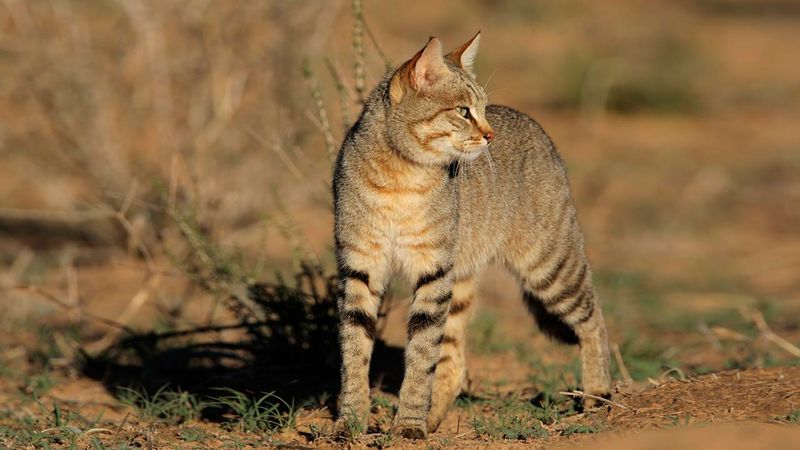
Unlike domestic cats that can breed year-round, African wildcats time their reproduction to match food availability. In most regions, they mate during late winter to early spring when prey becomes more abundant.
Female wildcats experience estrus (heat) for 5-6 days. During this time, males travel extensively to find receptive females, sometimes fighting fiercely with competitors.
After a 65-day pregnancy, kittens arrive just as small prey animals reach peak numbers, ensuring plenty of food for nursing mothers. This seasonal breeding pattern is one of the key differences between wildcats and their domestic relatives, who lost this timing after generations of living with human-provided food.
Athletic Abilities
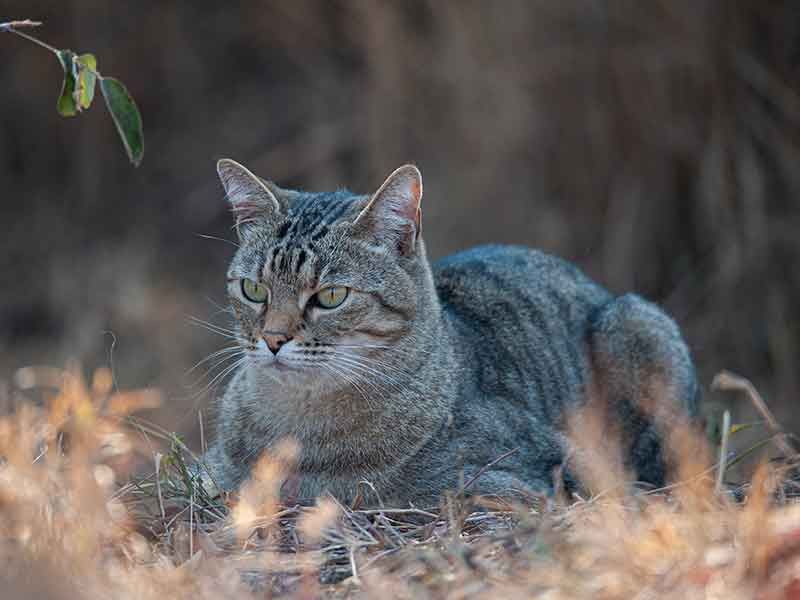
African wildcats are natural athletes that would put Olympic gymnasts to shame. They can leap up to six feet vertically from a standing position and sprint at speeds reaching 30 miles per hour when chasing prey.
Their flexible spine allows them to twist in mid-air, always landing on their feet. Retractable claws provide instant traction on various surfaces, from sandy desert to rocky outcroppings.
These incredible physical capabilities evolved for hunting and escaping larger predators. House cats inherited these same athletic gifts, which explains why your pet can somehow reach the top of the refrigerator or bookshelf with seemingly impossible jumps.
Global Spread Through Human Movement

The story of domestic cats begins with African wildcats but quickly became a global phenomenon. Early seafaring civilizations like the Phoenicians valued cats as ship’s companions that protected valuable cargo from rodents.
Cats traveled aboard trading vessels to new ports, spreading from the Middle East to Europe, Asia, and eventually worldwide. Roman legions helped distribute cats throughout their empire, appreciating their practical rodent-control abilities.
By the Middle Ages, cats had reached nearly every corner of the Old World. This global journey transformed the descendants of a modest African predator into one of the planet’s most widespread companion animals – found on every continent except Antarctica.
Adaptable Intelligence
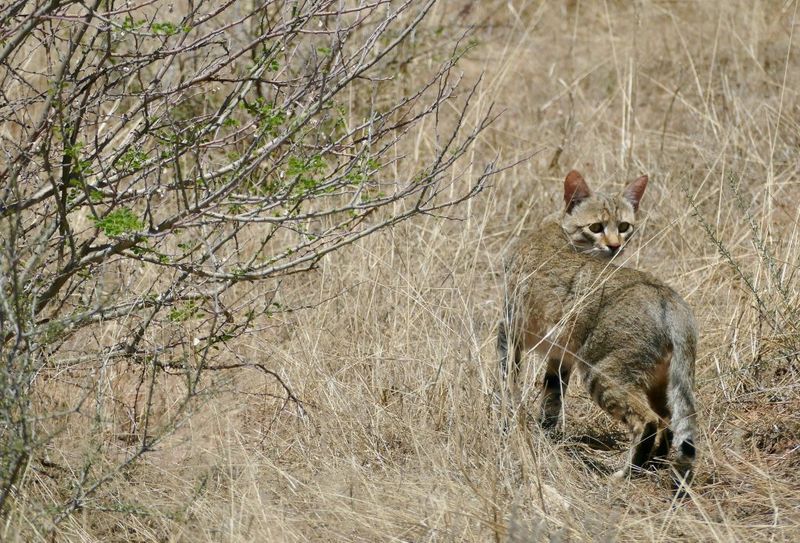
African wildcats possess remarkable problem-solving abilities that helped them survive in challenging environments. They can remember the locations of multiple water sources across large territories and navigate back to them during droughts.
Their hunting strategies vary based on prey type – they’ll use different techniques for catching birds versus rodents. This flexible intelligence allowed them to quickly adapt to human environments when domestication began.
Modern research suggests wildcats can learn by observation, remembering solutions to problems they’ve seen others solve. This adaptable intelligence became a crucial foundation for domestic cats, who continue to surprise us with their clever problem-solving abilities.

